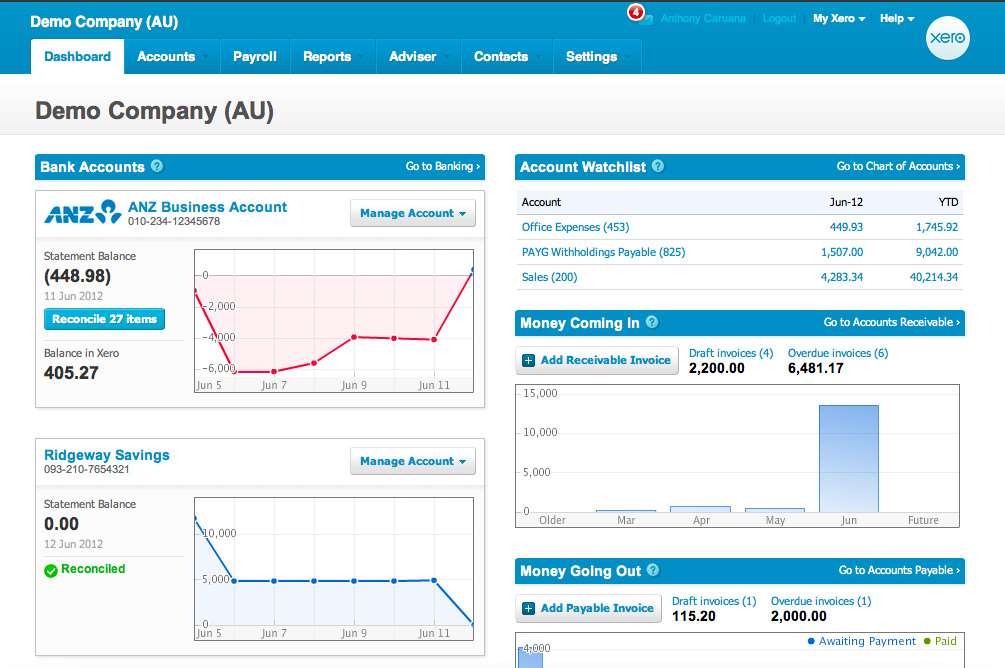

Equipment, machinery, and other business goods lose value over time as well, and this can be counted as a loss at tax time. This is depreciation, and it doesn’t just apply to cars. Depreciation: You probably already know that if you drive a new car off the lot, it immediately loses some of its value.The list can get quite extensive, depending on the size and type of small business you operate. P&L statements usually divide these expenses into descriptive categories like payroll, travel, training, building leases, utilities, equipment purchase, hardware and software, advertising, cell phone, and internet service. Operating expenses (OPEX): Operating expenses include any costs associated with running your business that are not included in the cost of goods sold.Gross profit: This is the number you get when you subtract the cost of goods sold from your revenue.You have to account for the cost of the materials and the time it takes to produce it, which is the cost of goods sold (COGS). Cost of goods sold (COGS): Even though you might sell a cup of coffee for $3, you don’t actually make $3 from the sale.Expenditures: It’s not difficult to figure out what information is contained in the total expenditure line, but there may be specific types of expenditures you may not be familiar with.


With this overview in mind, let’s walk through the most common terms included in a profit and loss statement-and their definitions: Other expenses-including taxes, interest, etc.Overall, a profit and loss statement can be broken into five parts (highlighted in red in the image below): What’s Included in a Profit and Loss Statement?īefore you can create and analyze your own profit and loss statement, it’s important to understand what’s included in this report and how it works.


 0 kommentar(er)
0 kommentar(er)
